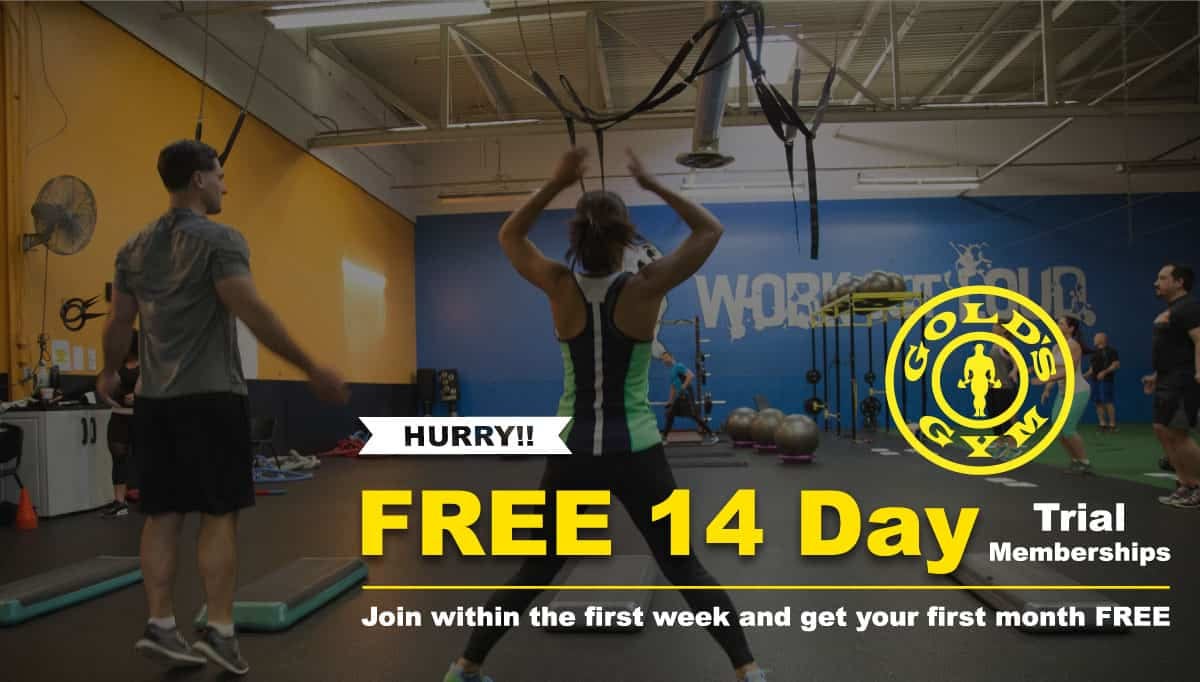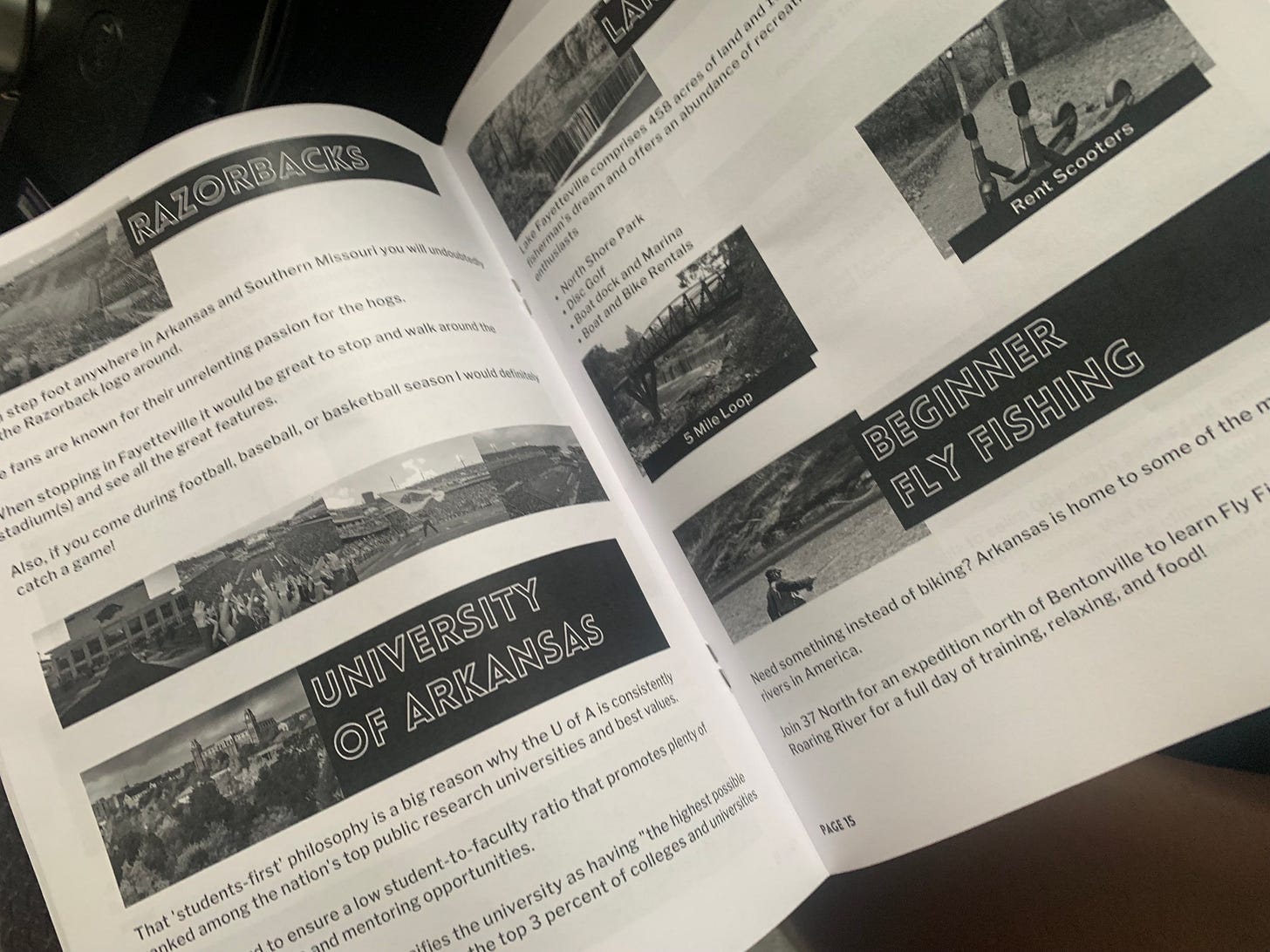The Power of a Free Offer
Why you need a free offer and how to execute the perfect one
Human beings are born with the innate understanding that to get something, you must give something. That’s why receiving something for free feels good to receive because overrides that natural wiring.
While there is a cost to produce something that is then given away for free, as a business owner you benefit disproportionately by establishing trust with a customer which is more valuable than your free offer.
Your objective should be to avoid the “give to get” and instead associate yourself with long term by providing immense free value over time until they buy from you.
In this post, I’m going going to break down the different types of free offers, what people get wrong about executing them, and the best physical example I’ve ever seen of a free offer.
Types of Free Offers
There are 4 main types of free offers, each with unique pros and cons.
1. Free Trial
Free trials are a way for your customer to try out your product or service to see if its a fit. They generally last a brief period of time and should give the customer a sense of what to expect if the next step is taken.
Pros:
Allows customers to see if they’re a fit which is helpful if its a complex offer
Attractive to customer because no financial commitment
Cons:
Time frame may not be sufficient to convert
Requires the customer to make two decisions, one to start the trial and again to pay for it (big hurdle)
“Give to get” - short period of time, small value provided before its taken back
2. Freemium
Freemium gives customers a base model that doesn’t include all features. The model relies on the features customers actually want being in the paid version. This is a model often used in SaaS products.
Pros:
Gain more potential customers by having no locked door to enter
Customers use product indefinitely and establish themselves on it
Cons:
Balancing free to paid features is extremely difficult
If you change from freemium, will disappoint current free users
Reinforces short term give to get - I give you some but not all. Many people who use this will have the absolute bare bones as free and any meaningful features be paid. Generates bad will with customers
3. Buy Something Get Something for Free
Offering something for free when someone buys something else is just hacking the wiring for people who want free stuff. If someone can give you a duplicate or other offer for buying something, it means the cost of the other item is baked into the cost of what you’re buying.
Pros:
Not really any, this is just marketing and makes the customer feel like they’re getting a deal
Cons:
You aren’t fooling anyone with this offer. Everyone has seen enough TV ads that ruined this format
Give to get…again.

4. Content
Although people have been doing it for ages, content is only recently starting to be seen as a powerful acquisitions channel. Create content in your niche either through a newsletter, podcast, or videos which acts a discovery mechanism for new customers, demonstrates your expertise, and builds rapport.
Pros:
Builds trust in a sneaky way. Producing content doesn’t inherently ask for anything. Enough videos or content consumed by the customer and they will feel like they know you.
Provides entertainment
Takes advantage of built in distribution/discovery through social channels
Cons:
Time consuming
Can be expensive
The reason content is so effective as a “free” offer is because what I’ll call the conversion see-saw.
The starting position is you, the business, up in the air, with the customer your opposite. Consumers of today are apprehensive and start out with no trust with a new business.
Committing to a long term game by giving more away to them adds weight to your side. Each piece of content they consume of yours will build trust to a point where you are the heavyweight on the see-saw and can command a sale.
The most efficient way to give to your customers is through content because it takes advantage of existing distribution, entertains and informs, and over time creates trust. It creates trust by staying consistently at the top of the customers mind, solves a pain point for them, and shows your expertise.
Best Free Content Example I’ve Seen
A few weeks back, I was on a trip to Northwest Arkansas (NWA). It was a Saturday morning at the farmers market. After an hour of browsing, I noticed I continued to see these bright orange bags with many of the hands of other patrons.
When I finally reached the tent where the orange bags were, a nice gentleman came up and handed one to me, shook my hand, and said hello. Moving quickly, I didn’t pay it much mind and went to sit down and browse through the bag.
For the few prior days, I’d heard nothing but great things about NWA, how popular of a place it was becoming, and how much outside traffic they get because its home to Walmart headquarters.
Inside the bag was a sticker pack, some 3x5 cards, and a homemade looking magazine. I began flipping through the brochure and found a list of all of the things to do in NWA. There was descriptions of parks to visit, bike trails, and museums. A whole host of awesome things to do there.
I kept reading and thinking man this is great! I’ll need to check these out. It’s nice that the city puts this on to welcome new folks to the city!
When I flipped one particular page, I found the catch.
The creme de la creme.
The gentleman who gave me the bag was a realtor and smack on the page was a picture of him and his phone number ready to sell me a high dollar house in NWA.
This is brilliantly executed for a few reasons.
He gave value without asking for anything in return.
The content in this magazine was valuable to me. As someone new to the area, I would have held onto this to find new activities and exploring. His target customer is people moving to the area and he gave something they want.
The ask is extremely subtle.
He didn’t come out and ask for anything, but he made me aware that he offers something. It wasn’t a magazine of pictures of houses to sell - nobody would have taken that. The amount of value he provided compared to his ask was 100 to 1.
He gave a place to follow up
Not only did he include info about his real estate services, but he also has an entire Youtube channel about the area. If I enjoyed the recommendations about NWA, I had a place to go get more of that content.
All of this built an immense amount of trust and we hadn’t even exchanged any words. He gave value without asking, I benefitted from his value, and he made me aware of his services in a subtle non salesy way.
Action Item
If you don’t already have a content strategy, you should. Start with the question:
How can I turn what I do for my paying customers into a free version?
Reminder that the objectives of this content should be:
Something of value. You have nonpaying customers currently, what problems do they have that you can help them with?
Balanced ask. Don’t put out one blog post and think you’ve built rapport. Content is a long game that builds trust at scale. Have an ask, but make sure its heavy on value.
Enjoy your fourth of July! Happy early independence day.
Have a good week, keep attacking.
B







